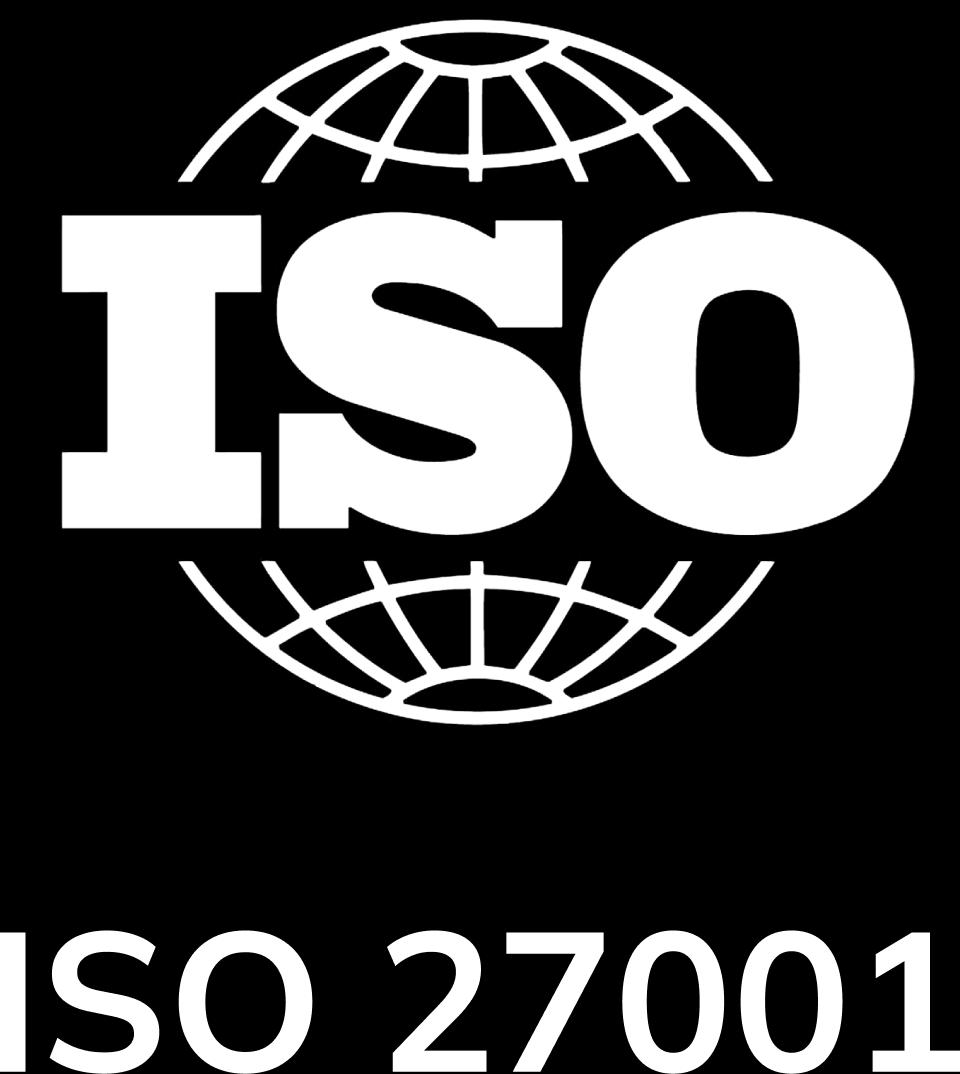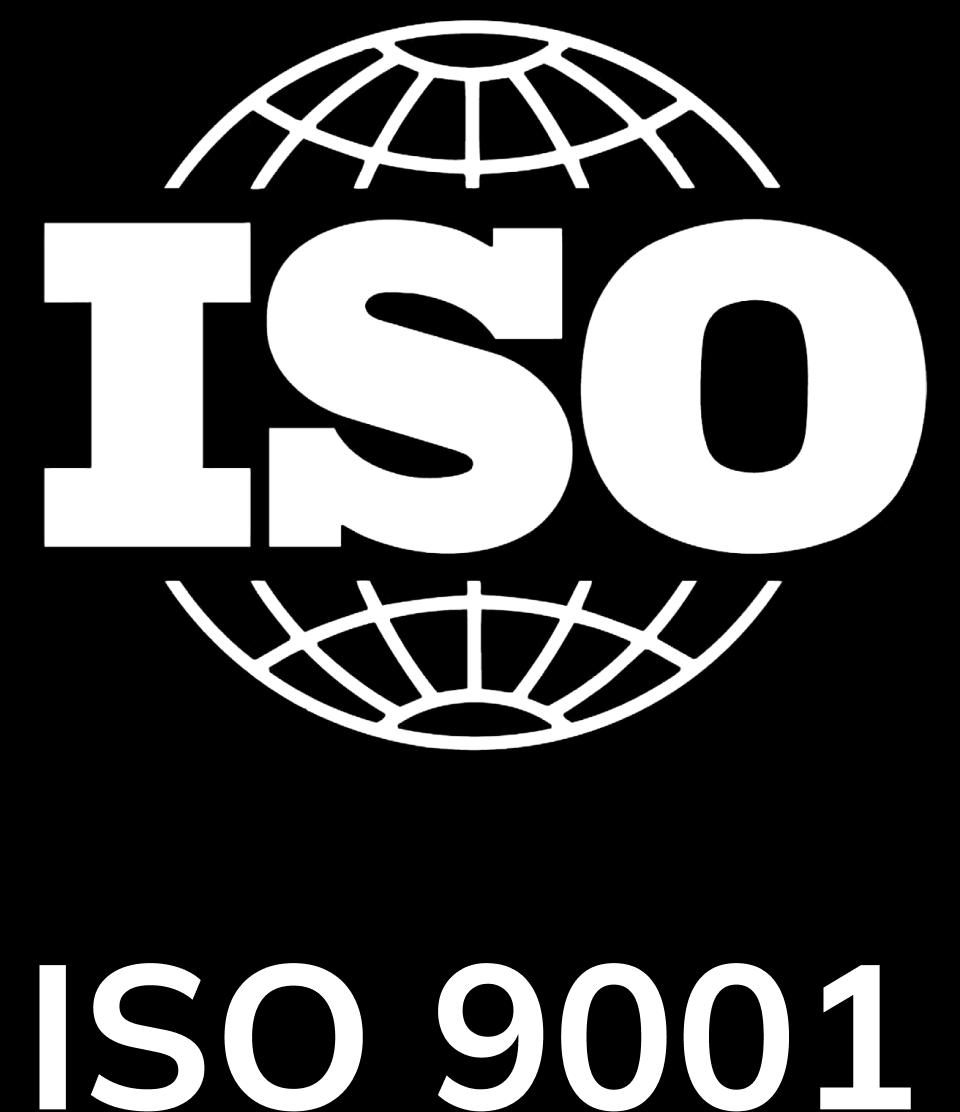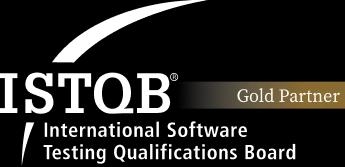
Integration of an LMS system with other systems in a business
In the digital age, the application of technology in training management has become an indispensable part of modern businesses. A learning management system (LMS) not only helps businesses easily manage, organize, and track employee training processes but also offers numerous other benefits when integrated with other management software tools. integrating an LMS not only synchronizes data but also enhances the overall operational efficiency of the business. In this article, we will explore the integration of LMS systems with other software within businesses and organizations, the necessary steps to implement it, and important considerations when applying this integration to a business system.
I. Why is LMS integration important?
The integration of an LMS with other software tools plays a crucial role in data synchronization and optimization of the training process within a business. When integrated properly, an LMS not only helps automate the training process, reducing manual tasks but also provides real-time data. This is especially valuable in human resources, finance, and business efficiency management, allowing departments like HR, training, and finance to easily share data and adjust training activities flexibly, without being hindered by manual processes or inaccurate information.
One of the biggest advantages of LMS integration is the ability to comprehensively manage data. businesses can track the learning progress of each employee and make strategic decisions based on actual capabilities. When integrated with other systems such as human resource management (HRM) or project management (PMS), all information on employee performance and training is synchronized, helping managers gain a detailed and intuitive overview of the entire employee development process.
In addition, this integration brings significant convenience to users, from administrators to employees. instead of using multiple separate systems, all necessary data and tools are consolidated into a single platform, saving time and enhancing user experience. As a result, they can focus on their main tasks without being distracted by switching between different systems, while making the learning and management process much more convenient.

Not only does it improve efficiency, but LMS integration also helps businesses save costs. automating processes and minimizing manual management allows businesses to optimize resources, thereby reducing costs related to training and human resource management. Furthermore, integration helps businesses easily control budgets, predict training costs, and evaluate the effectiveness of implemented training programs, ensuring sustainable development.
In summary, integrating an LMS with other software not only brings technological benefits but also serves as an essential strategy for improving operational and managerial efficiency in businesses. This not only optimizes workflows but also enables businesses to utilize resources more effectively, laying a solid foundation for long-term organizational growth.
II. Steps to integrate an LMS system with other software tools
Integrating a learning management system (LMS) with other software tools is a complex process that requires thorough preparation and sequential execution of specific steps. When done correctly, this integration brings significant benefits to businesses, helping optimize training processes, human resource management, finances, and various other areas. Below are the basic steps for effectively integrating an LMS with other software tools.
1. Identifying the need for integration
The first and most crucial step in the integration process is clearly defining the specific needs of the business. you need to consider what requirements arise from training, management, or departments such as human resources, finance, or projects. questions to ask include:

- What are the goals of the integration? enhancing training management capabilities, improving work efficiency, or elevating the user experience?
- Which software needs to be integrated with the LMS? (for example, human resource management systems, CRM systems, accounting software, or project management tools)
- Do the specific requirements of the business involve data synchronization?
Clearly identifying the needs will help you plan the integration in the right direction, avoiding the waste of resources and time.
2. Selecting a platform that supports integration
After determining the needs, choosing an LMS platform that supports integration with other software is crucial. modern LMS platforms often provide built-in integration features via APIs or expandable modules. you need to choose an LMS system that meets the following criteria:

Integration capability: The LMS must have flexible integration capabilities with other software via APIs or tools like zapier, webhooks.
Compatibility: the LMS should be compatible with the software your business is already using, ensuring no data conflicts.
Support and technical documentation: Select an LMS that offers comprehensive technical documentation and support services for easy integration.
Scalability: The LMS should be scalable to integrate additional software in the future.
Choosing the right platform will make the integration process smoother and more cost-effective. At Tokyo tech lab, we have developed the Saas system teamhub, which includes two main software products: teamhub LMS and teamhub HRM, helping businesses synchronize processes and optimize costs. you can sign up for a free trial of our software at teamhub.vn.
3. API implementation and setup
Once you have selected an LMS and identified the tools to integrate, the next step is to implement and set up APIs (application programming interface) between the LMS and other software. This is a critical technical step, ensuring that data between systems can be exchanged and synchronized accurately.

API design: first, developers will need to design an API that fits the integration requirements. The API is the interface that connects the LMS and other software, allowing them to "communicate" and share data. you should consider what type of data will be synchronized, the frequency of synchronization, and the transmission method.
API deployment: after the API has been designed, the next step is to deploy it into the business’s system. This process may require a technical team to program and install the API to connect the LMS with other software. during deployment, attention should be paid to:
Data synchronization: ensure that data from other software is accurately synchronized with the LMS system.
Security: ensure that the API is installed with security protocols to protect sensitive business and learner information.
Testing and trial: after deploying the API, the next step is to conduct tests to ensure that the system operates stably. test each part of the API to check the accuracy of data synchronization, system connectivity, and security. if errors are detected, they should be immediately corrected to ensure complete and accurate integration.
4. Training and user guidance
Once the integration process is complete and the system is stable, it is essential to provide training and guidance for users on how to use the new features. This is crucial to ensure that both employees and administrators can fully utilize the benefits of this integration.

Administrator training: system managers need to be trained on how to manage and monitor synchronized data between the LMS and other software.
End-user training: guide employees on how to use the new features, how to access data from the integrated systems, and how to handle basic issues if they arise.
Integrating an LMS with other software tools requires careful preparation and execution. By following these steps, businesses can optimize their training processes, synchronize data, and improve operational efficiency, creating an intelligent and effective training management system.
III. Common systems that can be integrated with an LMS
Integrating an LMS with other software is an effective solution that helps businesses synchronize data, optimize workflows, and improve the user experience. Below are some popular software platforms that businesses can integrate with an LMS to enhance management and employee training efficiency.
1. Integration with human resource management system (HRM)
The human resource management system (HRM) is a comprehensive tool that supports businesses in managing employee information, including recruitment, training, performance management, payroll, and related processes. When integrating HRM with an LMS, businesses can create a cohesive human resource and training management strategy, ensuring that employees not only complete tasks but also continuously develop their personal skills.

One of the main benefits of this integration is the management of employee training records and performance. HRM allows leadership to track each employee’s competencies and training results through LMS courses. This enables businesses to easily create suitable development plans for each individual, ensuring that every employee has the opportunity for well-rounded growth.
Furthermore, integrating HRM and LMS supports the creation of competency assessment tests to identify top talent and potential employees. At the same time, the system also provides alerts and reminders for underperforming employees, ensuring high training quality and promoting continuous improvement.
2. Integration with content management system (CMS)
A content management system (CMS) is a tool that helps users create, edit, store, and publish content on websites efficiently. Integrating an LMS with a CMS is not only a logical combination but also brings outstanding benefits in implementing online training. When the LMS and CMS operate in parallel, businesses can use content already developed on the CMS to create LMS courses, providing a seamless and easily manageable learning experience.

The first and most important benefit of this integration is the optimization of the learning content creation process. Instead of having to create new content entirely, trainers can utilize existing content on the CMS, saving time and effort in course design. This is especially useful for organizations with a large number of courses or training materials that need to be frequently updated.
In addition, the integration allows learners easy access to materials and learning content. Students can easily access lectures, accompanying documents, and relevant information directly on the familiar CMS platform. Through this system, learners can manage their own learning progress, review lectures in real-time, and new content will be automatically updated, ensuring they always have the latest information for their studies.
Integrating LMS and CMS not only optimizes teaching and learning processes but also facilitates consistent content management, making it easy to customize and enhance the online learning experience. Moreover, this system helps businesses develop a friendly and effective online training environment, thereby improving productivity and training quality.
3. Integration with project management system (PMS)
The project management system (PMS) plays a vital role in managing business projects, from planning, task allocation, to progress tracking and results evaluation. Integrating an LMS with a pms not only aids in effective project management but also enhances the training process by providing the necessary tools and data.

With this integration, businesses can monitor and evaluate learning progress alongside project progress, giving a comprehensive view of training efficiency and employee performance. This integration also allows management to plan, assign tasks, and assess employee skills easily, combining both learning and project execution.
Moreover, synchronizing data between the LMS and PMS enhances interaction between team members, as well as between trainers and learners. As a result, learning and working processes become smoother, helping optimize resource allocation and time management.
4. Integration with accounting and financial management tools
Accounting and financial management systems are indispensable in every business's operations. These tools help manage cash flow, track expenses, generate financial reports, and ensure transparency in financial activities. When integrating an LMS with accounting and financial management tools, businesses can optimize not only the training process but also activities related to training costs and budgeting.
One of the biggest benefits of this integration is the effective management of training costs. Businesses can accurately track the expenses for each course, from hiring instructors, training materials to managing other costs. This gives management an overall view of the budget allocated for training and makes it easy to adjust in line with the company's overall financial strategy.

Furthermore, integrating with accounting tools automates payment and invoicing processes for online courses. This is particularly useful for businesses providing external training services or educational institutions. Students or clients can register for courses, pay online, and the system will automatically generate invoices and record them in the accounting books. This not only saves time but also increases accuracy and transparency in financial management.
Moreover, analyzing the cost-benefit of training programs becomes easier through this integration. Businesses can assess the financial efficiency of each training program, making necessary adjustments to optimize costs and increase profitability. This is especially important for large businesses with many training programs and a clear financial system for management.
Finally, integrating an LMS with an accounting system helps businesses comply with financial regulations related to expense reporting and asset management. All training-related costs are accurately recorded and reported, making it easier for businesses to meet legal financial requirements.
In summary, integrating an LMS with popular software platforms such as CMS, HRM, PMS, and accounting tools not only enhances management efficiency but also improves the quality and experience of employee training. Businesses should consider integrating an LMS to maximize the benefits these software platforms bring, thereby developing human resources and optimizing operational processes.
IV. Important considerations when integrating an LMS
Integrating a learning management system (LMS) with other software tools is a crucial step that helps businesses optimize their training and management processes. However, for the integration to proceed smoothly and achieve high efficiency, businesses need to pay attention to the following factors:
1. System compatibility
The first factor to consider when integrating an LMS is the compatibility between the systems. Each software may use different programming languages, database structures, and protocols. Therefore, it's important to ensure that these systems can "communicate" and exchange data seamlessly.
Consider the API (Application programming interface): the API plays a crucial role in connecting the LMS with other software. When choosing an LMS platform, businesses should check whether the system supports APIs or has built-in integration tools.
Data synchronization: ensure that data from other systems like crm, hrm, or erp can be synchronized with the LMS continuously and accurately. This helps avoid data loss or duplication during the transfer process.
2. Data and information security
When integrating systems, data and information security should always be a top priority. Personal data of learners, employees, and training materials must be securely protected during transmission and storage.

Data encryption: ensure that data is encrypted during transmission between systems, especially when using API connections. This prevents risks associated with data theft or breaches.
Access control: establish proper access control rules to ensure that only authorized individuals can access and edit data within the LMS. This helps mitigate risks related to the leakage of sensitive information.
3. Scalability and customization
A good LMS needs to be highly scalable and customizable to meet the evolving needs of the business. Companies should choose LMS systems that can easily integrate new software tools or be upgraded over time.
Flexible customization: the LMS should offer customization options for interfaces, features, and processes to match the unique characteristics of each organization. For example, a large company may require additional integrated hr management features, while a small business may only need basic functions.
Scalability: businesses should consider the system's scalability, especially as the number of learners or the scale of operations grows. A scalable LMS will help the business avoid having to replace the entire system in a short period.
4. Technical support and maintenance
During the integration process, technical issues are inevitable. Therefore, businesses need to consider the technical support provided by the software vendor to ensure smooth integration.

Support team: ensure that the LMS vendor has a professional technical support team ready to resolve any issues that arise during the integration. Timely support helps minimize system downtime.
Maintenance and updates: LMS systems need regular maintenance and frequent updates to ensure stable operation and security. Businesses should check the vendor’s maintenance and update policies to ensure the system remains fully functional.
5. Implementation and integration costs
An important factor that businesses cannot overlook is the cost of implementing and integrating the LMS with other tools. Evaluating and budgeting for this process helps businesses avoid unexpected expenses.
Software licensing fees: some software systems require annual or monthly licensing fees. Businesses need to carefully calculate to choose solutions that fit their budget.
Implementation and maintenance costs: in addition to software costs, businesses must consider installation, deployment, and post-integration system maintenance costs. These expenses include maintenance, system upgrades, and technical support.
To ensure a smooth and efficient LMS integration process, selecting the right platform is extremely important. Teamhub, an advanced saas solution developed by tokyo tech lab, includes two main systems: teamhub LMS and teamhub hrm, making it the perfect choice for your business. With process synchronization, data automation, and cost-saving features, teamhub helps optimize all management and training activities within the organization. Register for a free trial at teamhub.vn today to experience the difference.
Need to choose the right LMS? Please read the article for more information 5 Key Criteria for Choosing the Right LMS for Your Organization
V. Conclusion
Integrating an LMS with other software is a strategic move that helps businesses optimize training management processes, improve user experience, and enhance business efficiency. To integrate successfully, businesses need to clearly define their needs, choose the right platform, and implement APIs effectively. Continually monitor and optimize the LMS to ensure it delivers maximum value to your business.
Follow our website to stay updated on more valuable insights about training management and workforce development within your business.
SHARE THIS ARTICLE
Author
Huyen TrangSEO & Marketing at Tokyo Tech Lab
Hello! I'm Huyen Trang, a marketing expert in the IT field with over 5 years of experience. Through my professional knowledge and hands-on experience, I always strive to provide our readers with valuable information about the IT industry.
More Posts



About Tokyo Tech Lab
Services and Solutions
Contact us
© 2023 Tokyo Tech Lab. All Rights Reserved.







